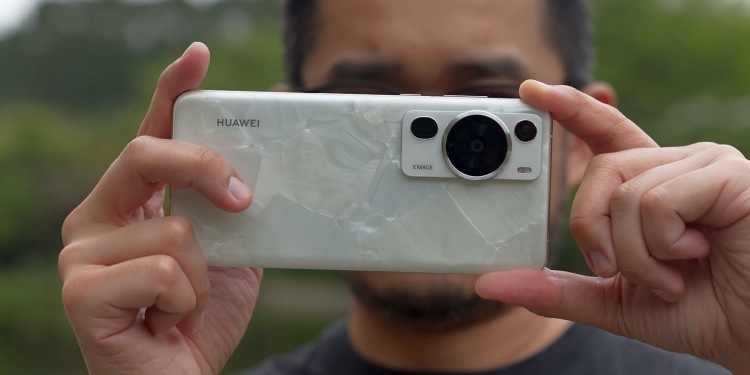[ UPDATE 25/4/2023 13:45 ] Huawei P60 Pro Malaysia launch is happening on 11th May 2023.
===
Huawei smartphones are well-known for having one of the best camera experiences since the Huawei P9 was launched in 2016. After its partnership with Leica ended with the P50 series, Huawei’s latest P60 series proves that the company still has what it takes to be one of the formidable players when it comes to mobile photography. Before the global release, we managed to take a closer look at the new Huawei P60 Pro series which is expected to go on sale in Malaysia very soon.
In terms of design, the Huawei P60 Pro stands out with its new Rococo Pearl variant which claims to be the world’s first Pearl texture design on a smartphone. We are told that this composite material uses natural Pearl powder and every P60 Pro Rococo Pearl produced has its own unique look.
The biggest highlight is the camera as expected for a Huawei P-series. Huawei wants to offer the ultimate mobile photography experience with its own XMAGE technology. Unlike its competitors that are currently obsessed with large 1-inch sensors or going for 200MP sensors, Huawei is taking a different approach by ensuring it has the right advancements for optical, mechanical, imaging and processing.
The P60 Pro boasts having the brightest main and telephoto camera which are made possible with the use of an improved lens, anti-shake sensor rotation stabilisation system and RYYB sensor. On most occasions, the P60 Pro can easily take impressive night shots in the auto photo mode and there’s hardly any need to turn on Night Mode. It still gets the iconic Moon Mode which Huawei introduced on the P30 Pro.
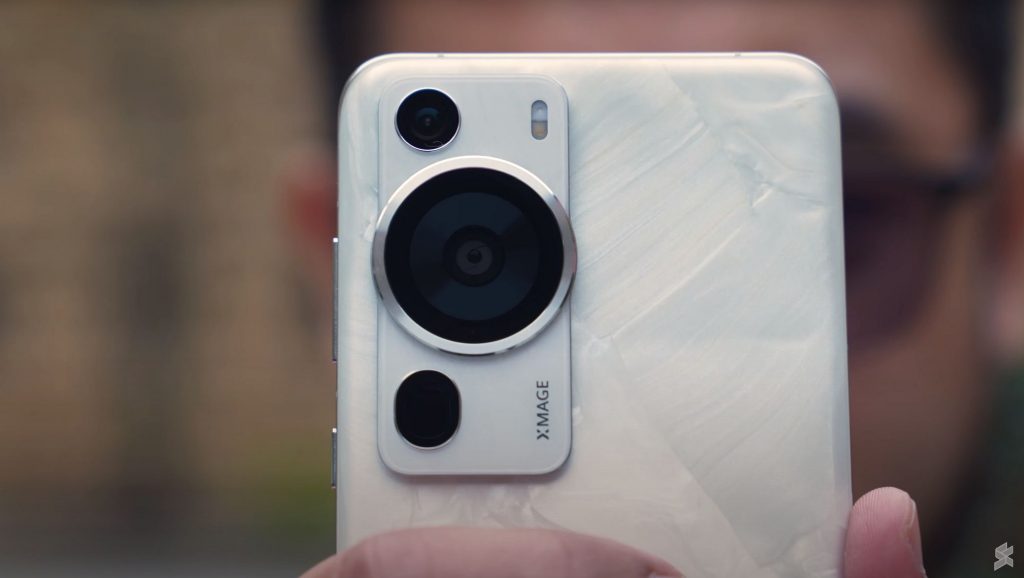
Another major highlight is its variable aperture lens for its 48MP main camera which has a sensor size of 1/1.43″. Similar to the Mate 50 Pro, the device offers a total of 10 different stops between f/1.4 to f/4.0. The aperture is adjusted automatically in default photo mode while creative users can set this manually under Pro mode. The higher aperture (f/4.0) provides greater sharpness for the background while a lower aperture (f/1.4) allows more light and it produces a more blurry background for the bokeh effect.
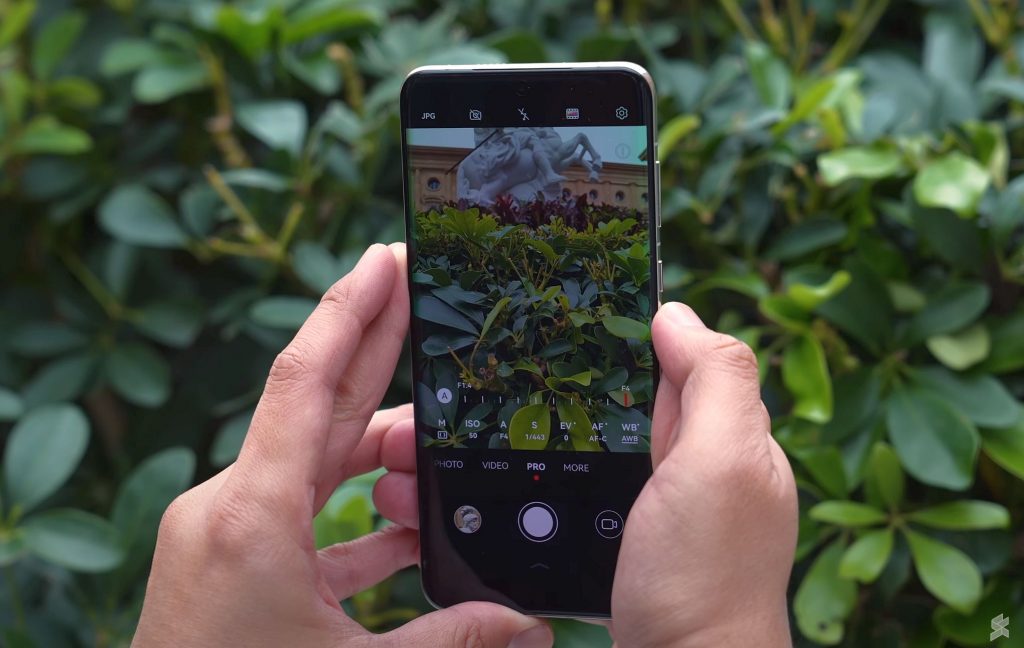
The user interface for the camera app has been tweaked for better single-handed operation. The zoom and manual settings for aperture and shutter speed are easily accessible within a thumb’s reach which is great. There’s also an XMAGE button which allows users to pick between Original for more true-to-life colours, Vivid for higher colour saturation or Bright which brings up more details in challenging low light situations. Like previous Huawei smartphones, the built-in AI will automatically turn on a custom mode which optimises the colour profile depending on your subject. The optimisation is quite apparent for food shots and greenery.
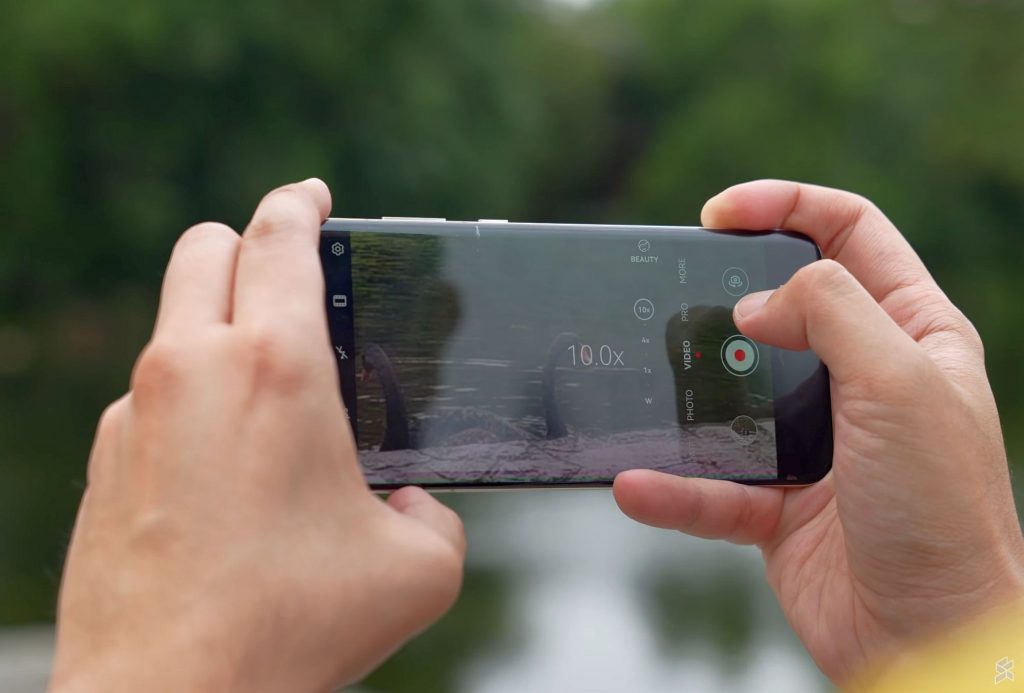
The 48MP periscope telephoto camera with 3.5x optical zoom is equally as impressive and it can produce 10x hybrid-zoom images with great clarity. It also produces well-lit images with hardly any noise in night scenes but you can tell that the AI is working hard to clean up the image. Meanwhile, digital zoom can be pushed up to 100x but personally, anything above 50x is just too smudgy to be of any use. The 13MP ultra-wide-angle camera is alright and there’s nothing much to shout.
As expected, video recording isn’t its strongest suit. There are some occasional jitters and the stabilisation isn’t as great as Samsung and Apple.
Huawei P60 Pro Camera Samples
You can check out the camera samples taken with P60 Pro below at Huawei’s Ox Horn campus in Dongguan, China.
Night shots

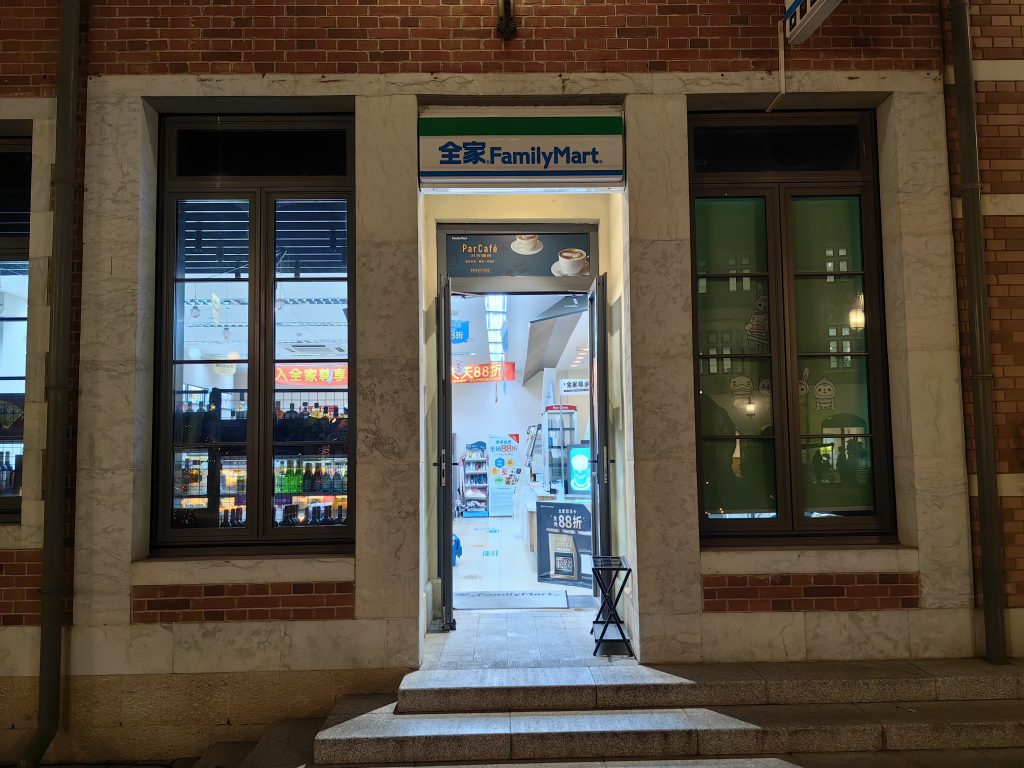
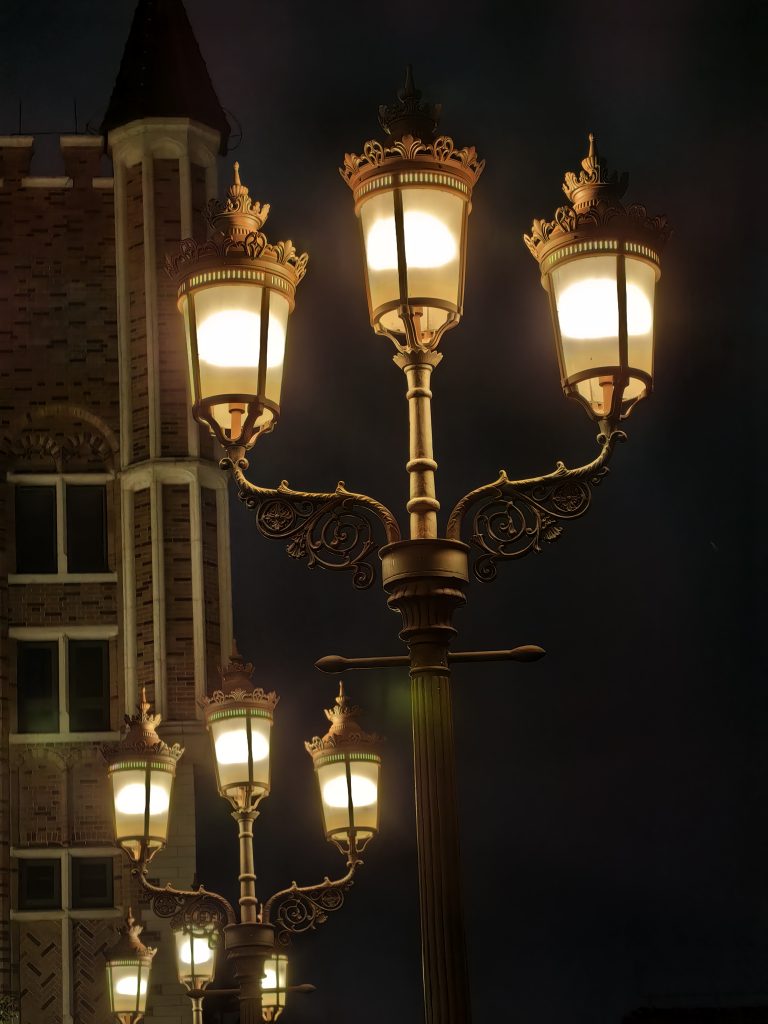

Daytime shots
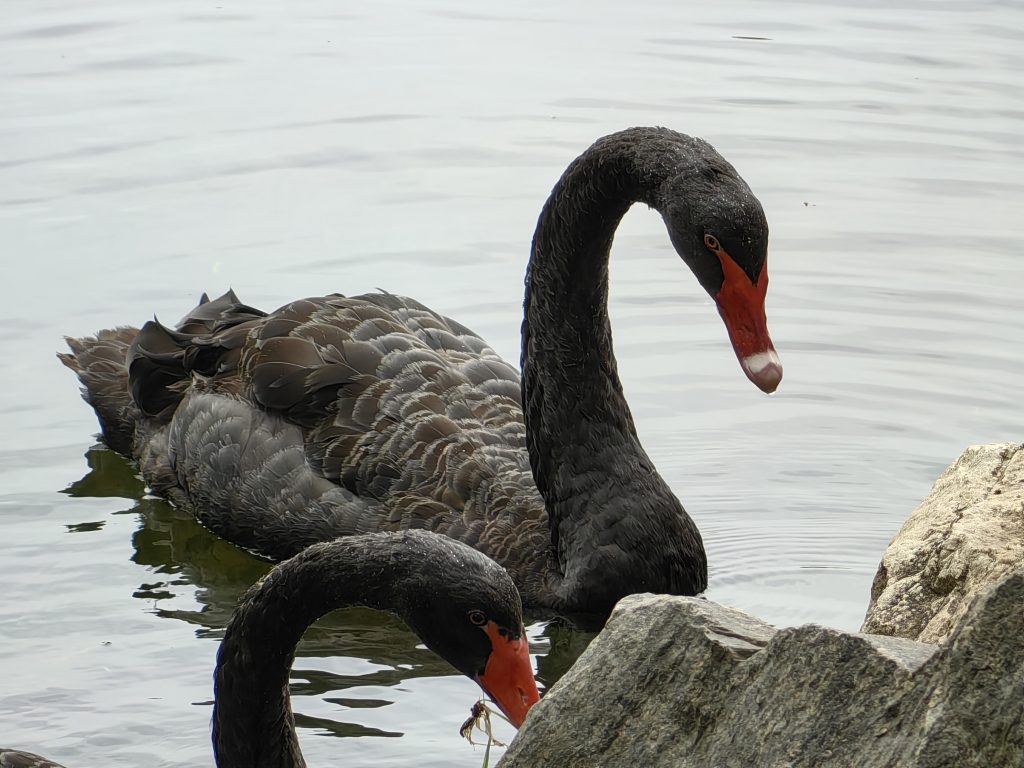
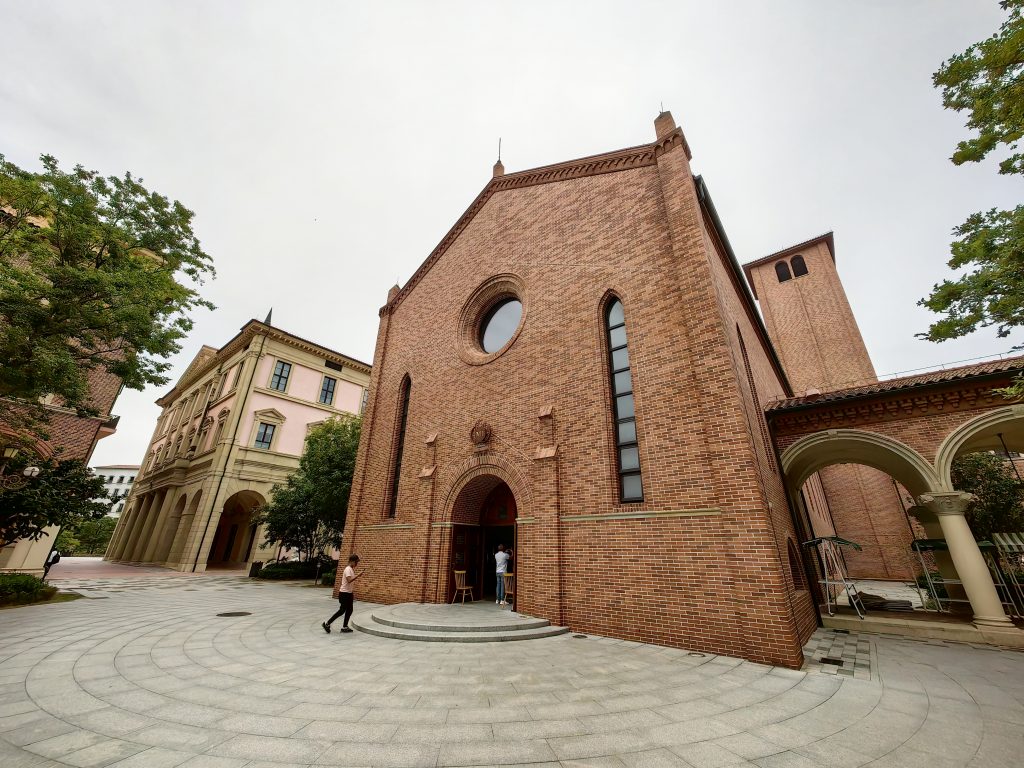
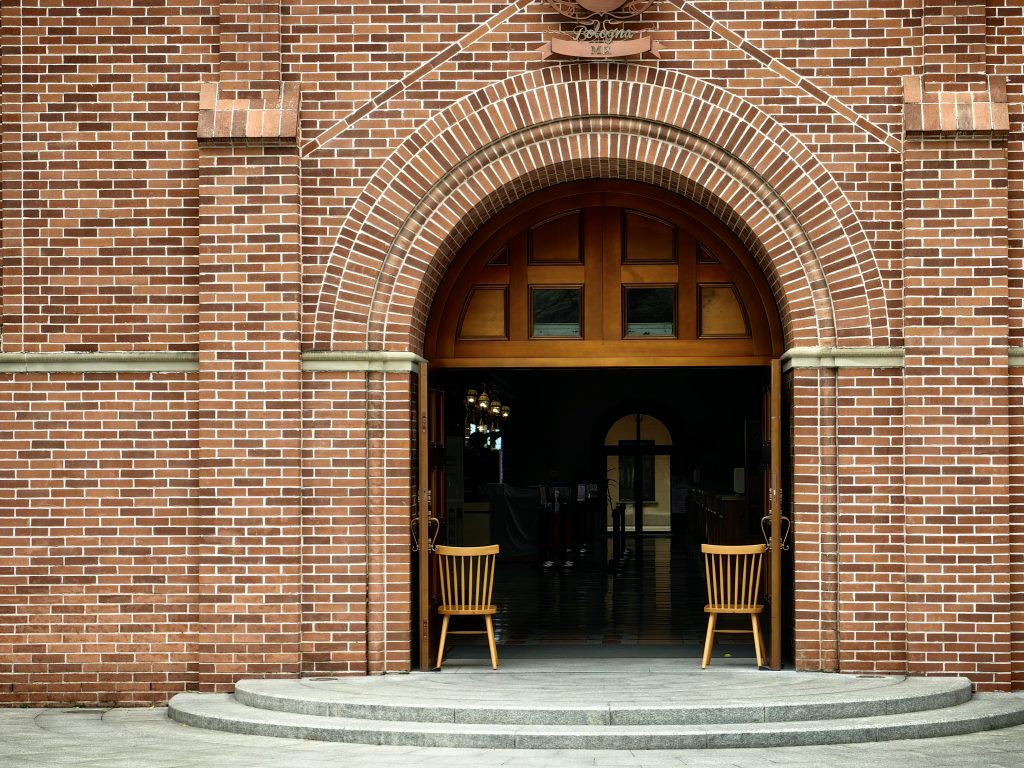
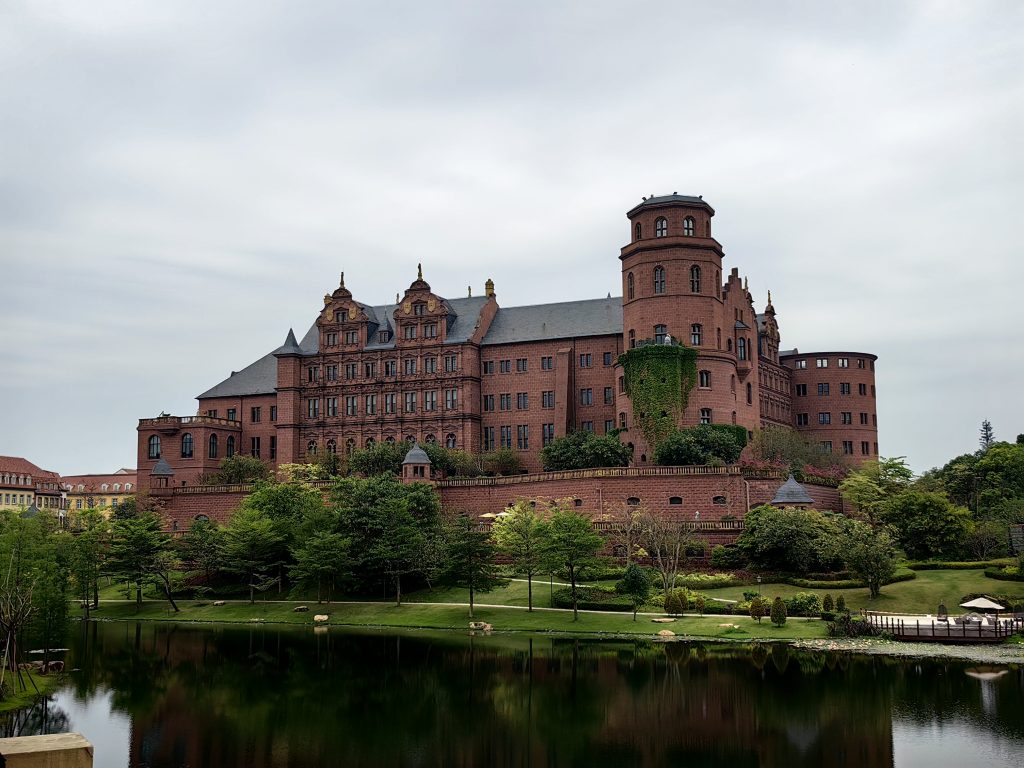
Food Shots in Food Mode
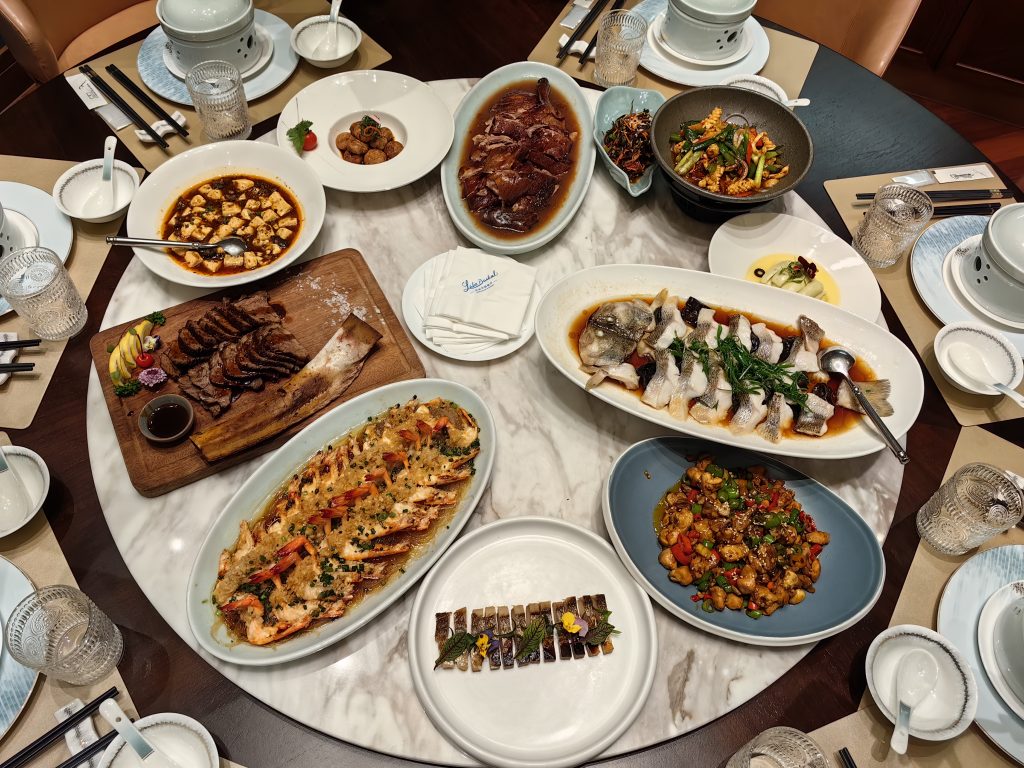

Zoom samples (1x, 3.5x 10x) daytime
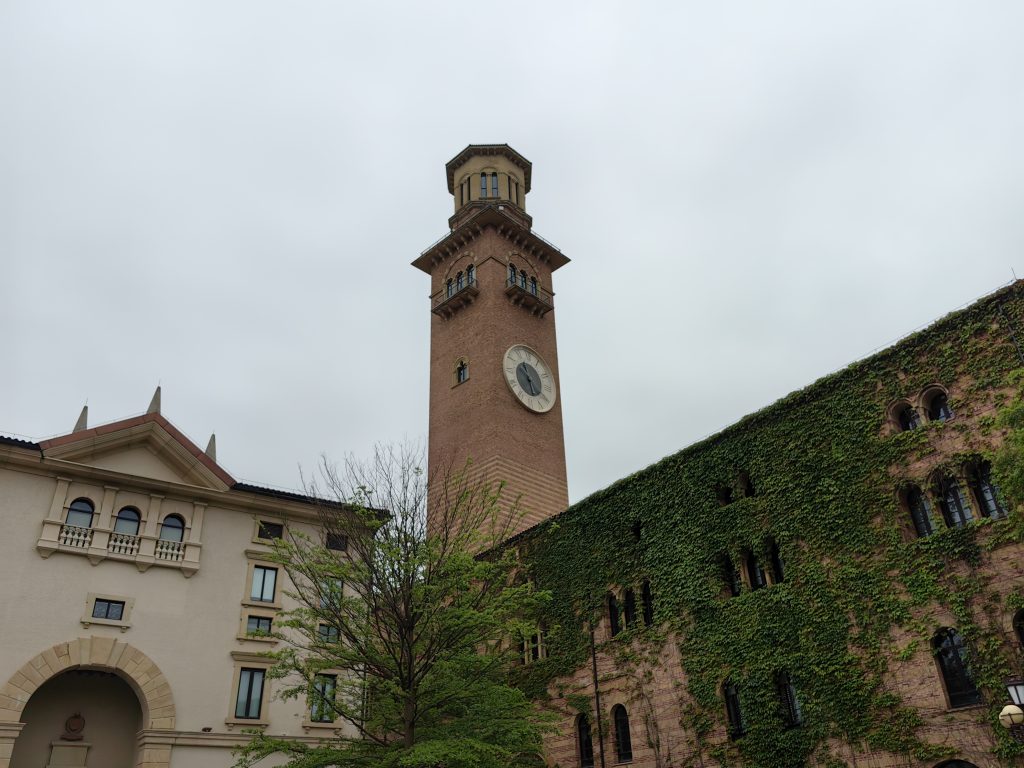
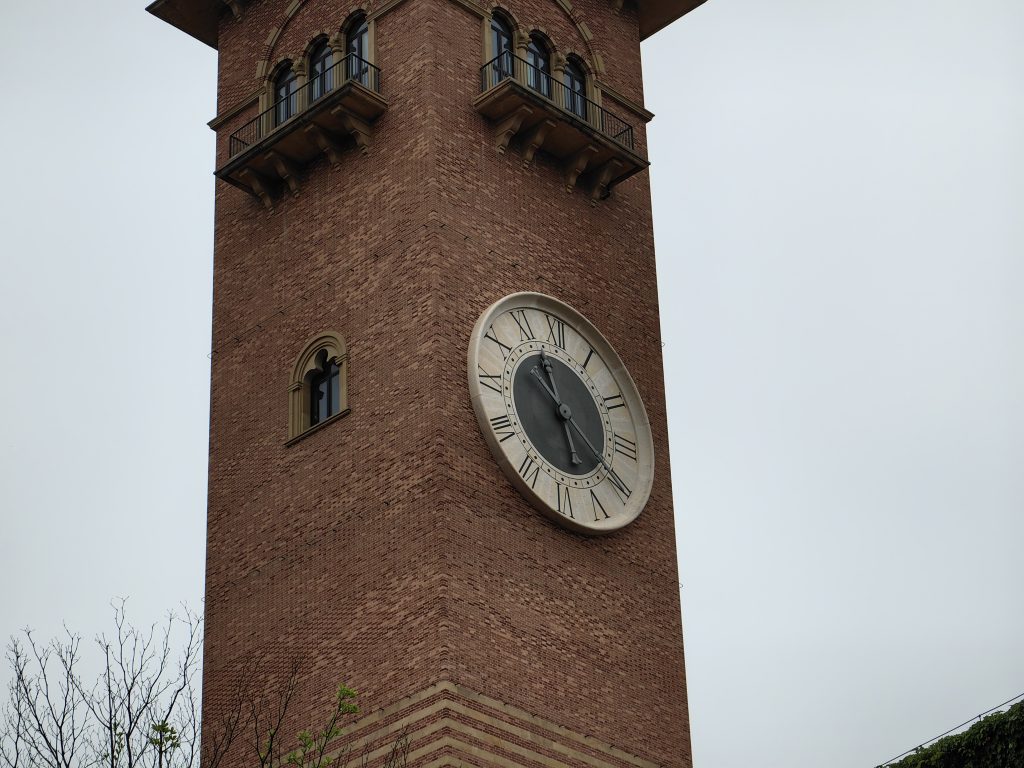
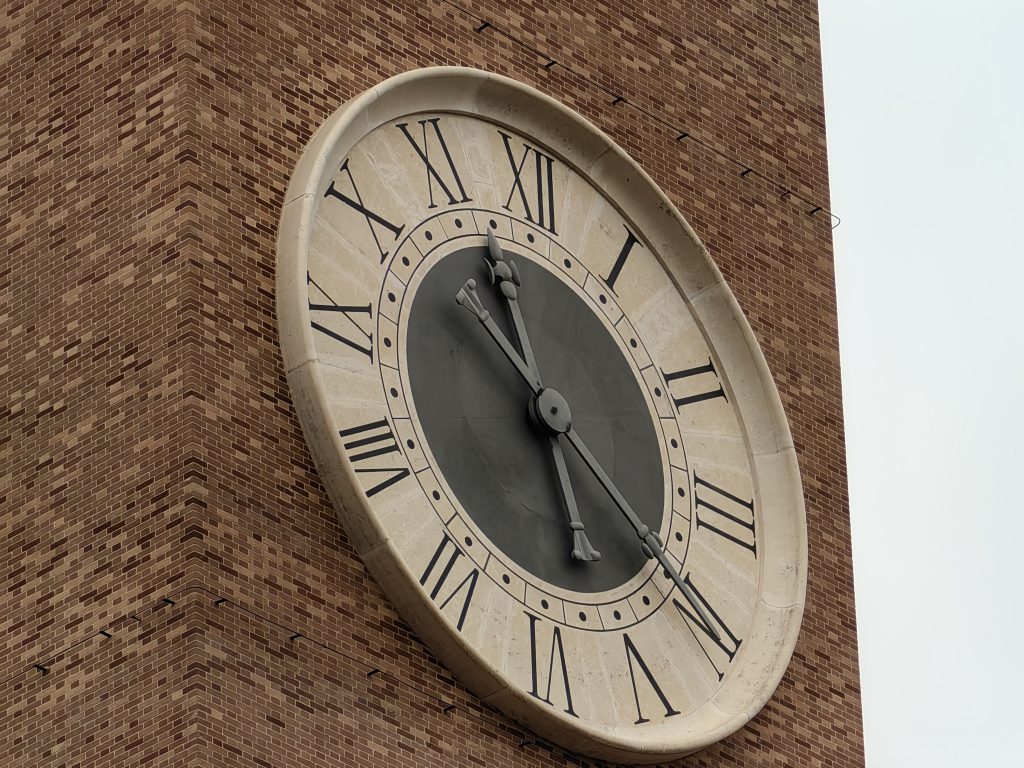
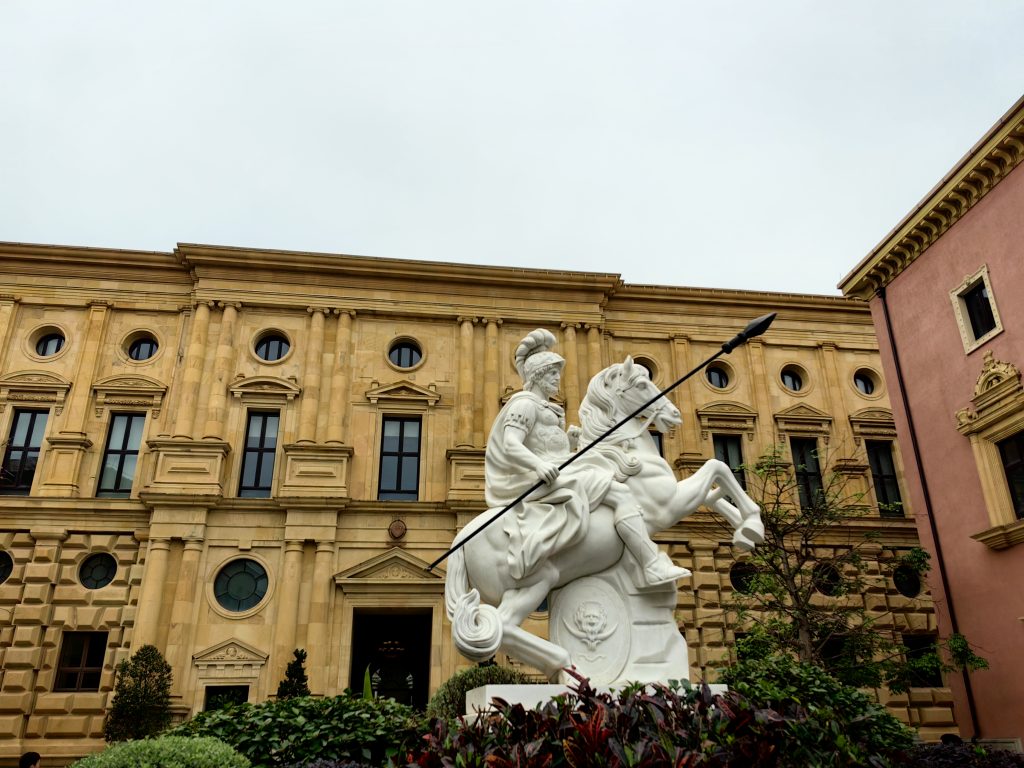
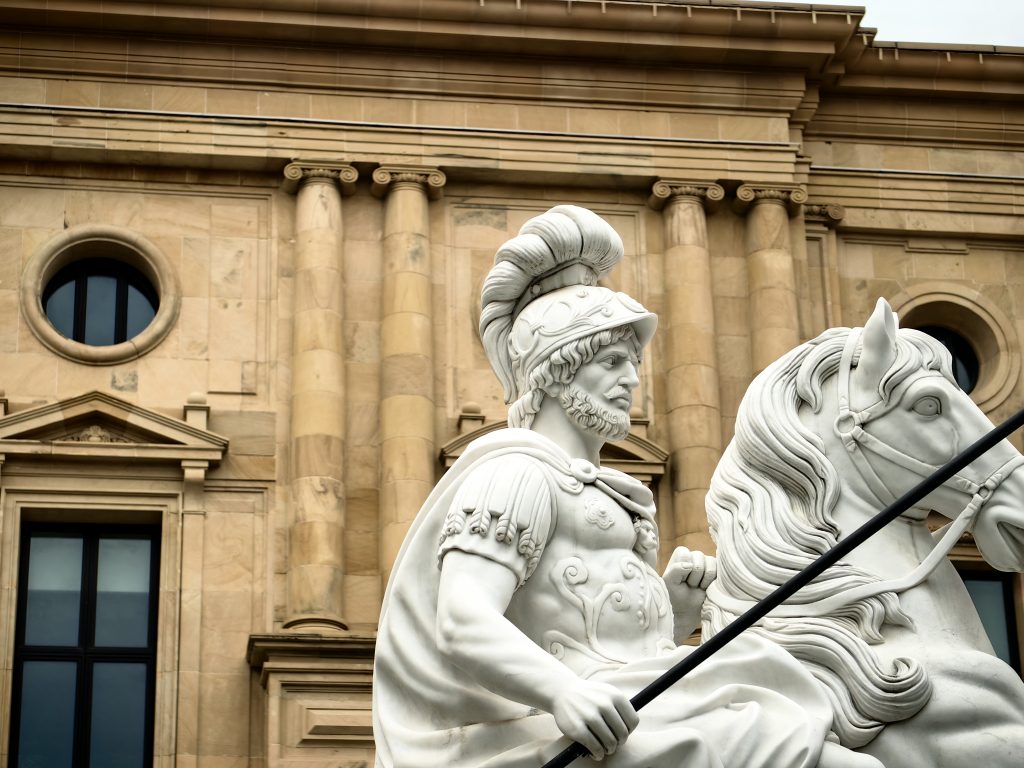

Zoom samples (1x, 3.5x 10x) at night
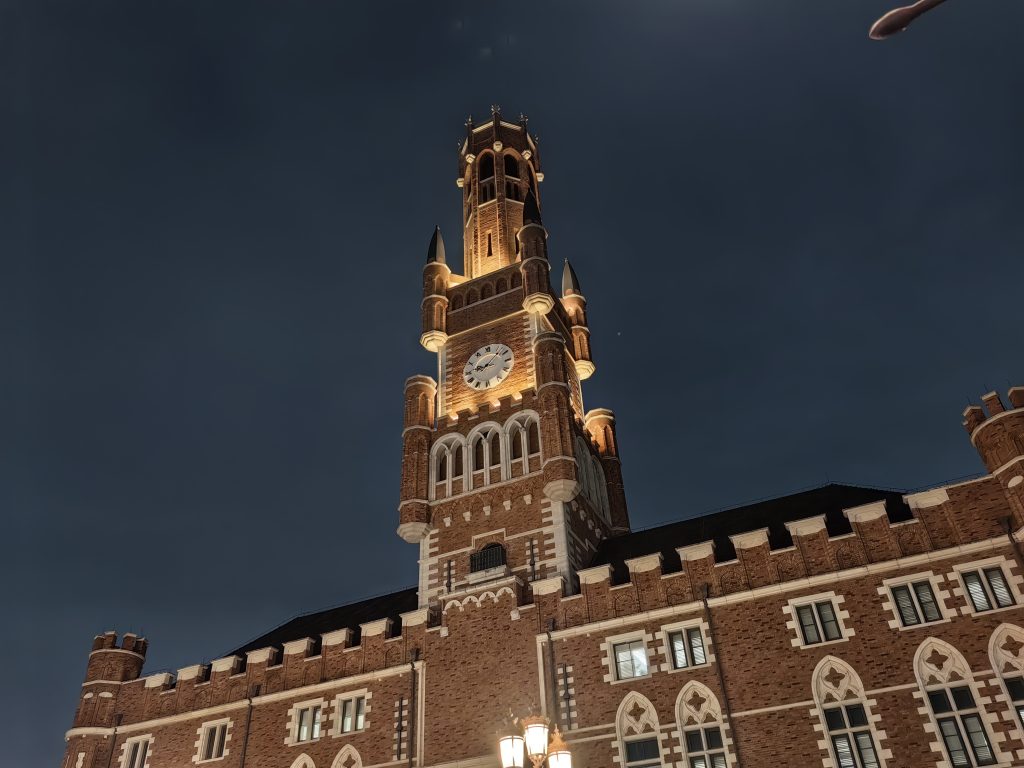
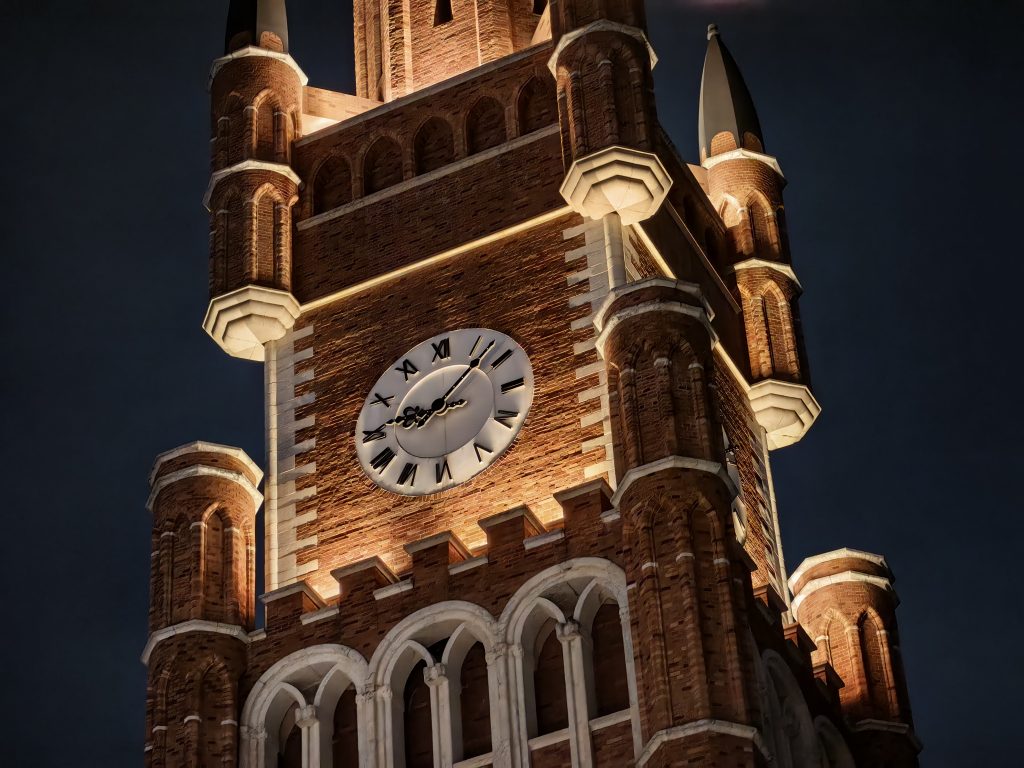
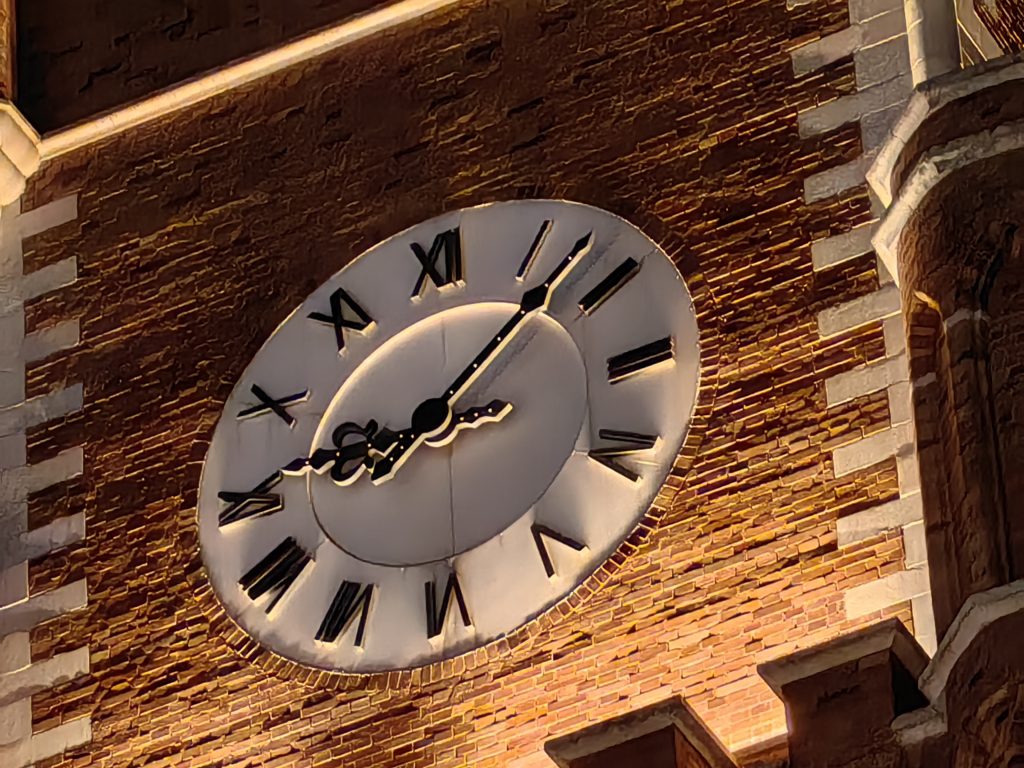
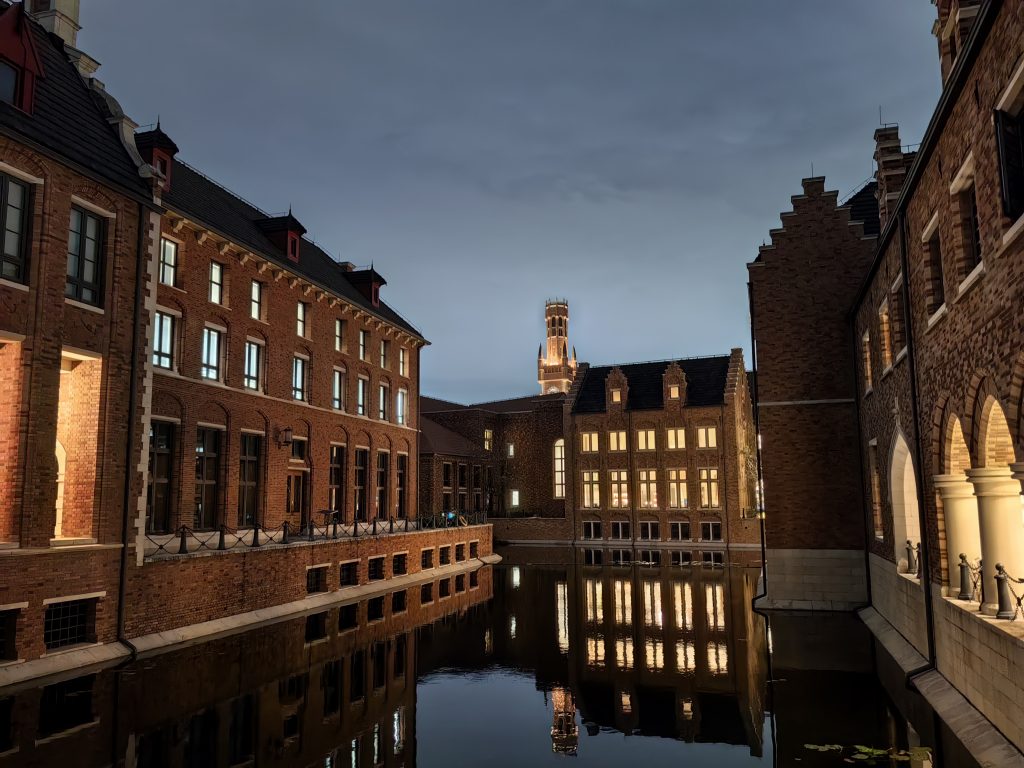
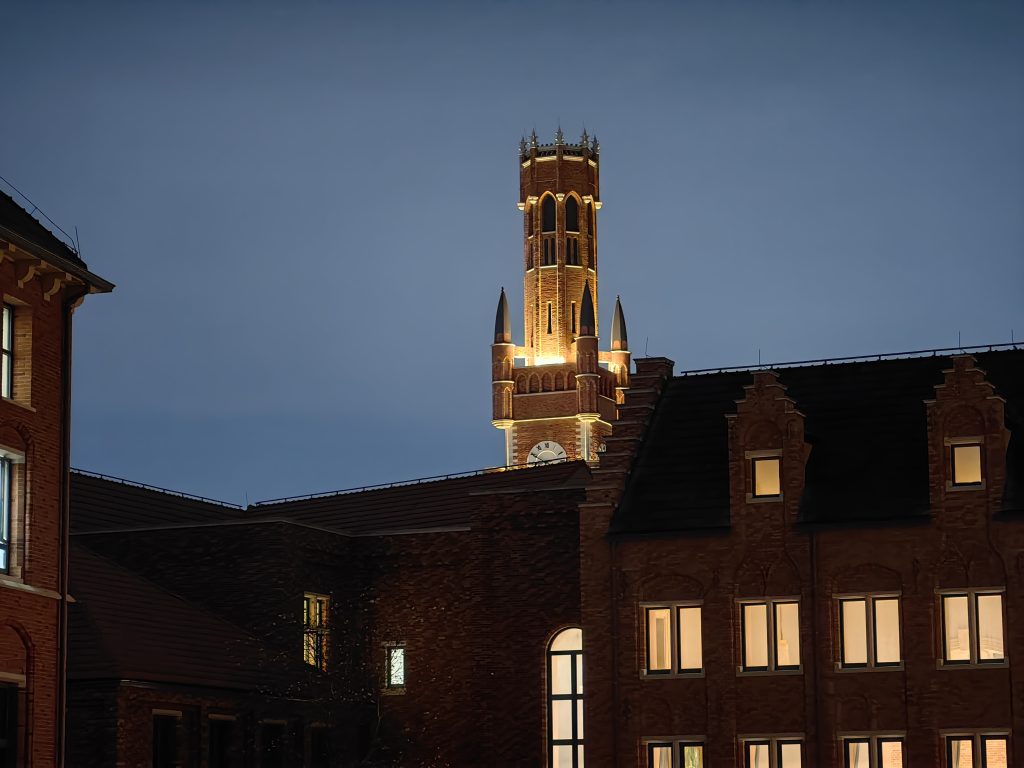

In terms of hardware, the P60 Pro is a solid flagship device. Upfront it gets a vibrant 6.67” LTPO 120Hz OLED panel with an adaptive refresh rate that can go as low as 1Hz. It pushes a resolution of 2700 x 1220 pixels and it has 1440Hz PWM dimming which should help to reduce flicker in low screen brightness. Protecting the beautiful screen is the quad-curved Kunlun glass which claims to be 10x more drop resistant than typical smartphone glass.
Under the hood, it runs on last year’s Qualcomm Snapdragon 8+ Gen 1. Similar to the P50 and Mate 50 series, this is a 4G device so you can’t get 5G on the P60 Pro. Depending on the market, the device can be configured with up to 12GB of RAM and up to 512GB of storage.
Powering the P60 Pro is a respectable 4,815mAh battery which can support up to 88W SuperCharge via USB-C. It also supports wireless charging up to 50W.
Being a flagship device, it also has pretty capable stereo speakers and IP68-rated dust and water resistance. There are also supports WiFi 6 and Bluetooth 5.2 support. Out of the box it runs on Android 13 with Huawei’s EMUI13.1 skin on top.
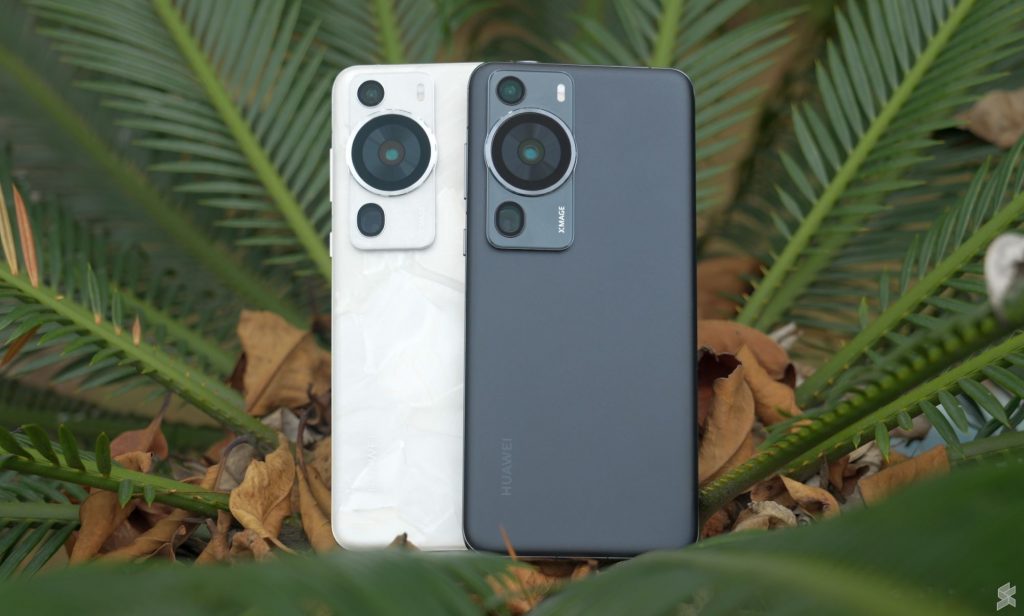
Of course, there are some limitations to this device. Besides the lack of 5G, there’s no Google Play Store so you’ll have to discover and download apps from the Huawei AppGallery. So far most of the popular apps including local Malaysian banks and eWallet are already on board. The list of apps is growing and they have a dedicated team in the region to get as many developers on board. For everything else, you would need to use the web browser or sideload apps which isn’t really recommended due to security reasons.
At the time of writing, we don’t have the Malaysian Huawei P60 Pro availability and pricing details yet. Malaysia is a key market for Huawei and it is very likely that we will be among the first markets to get the device outside of mainland China. Besides the Rococo Pearl, the P60 Pro is also available in matte black which uses an anti-fingerprint feather-sand glass.

